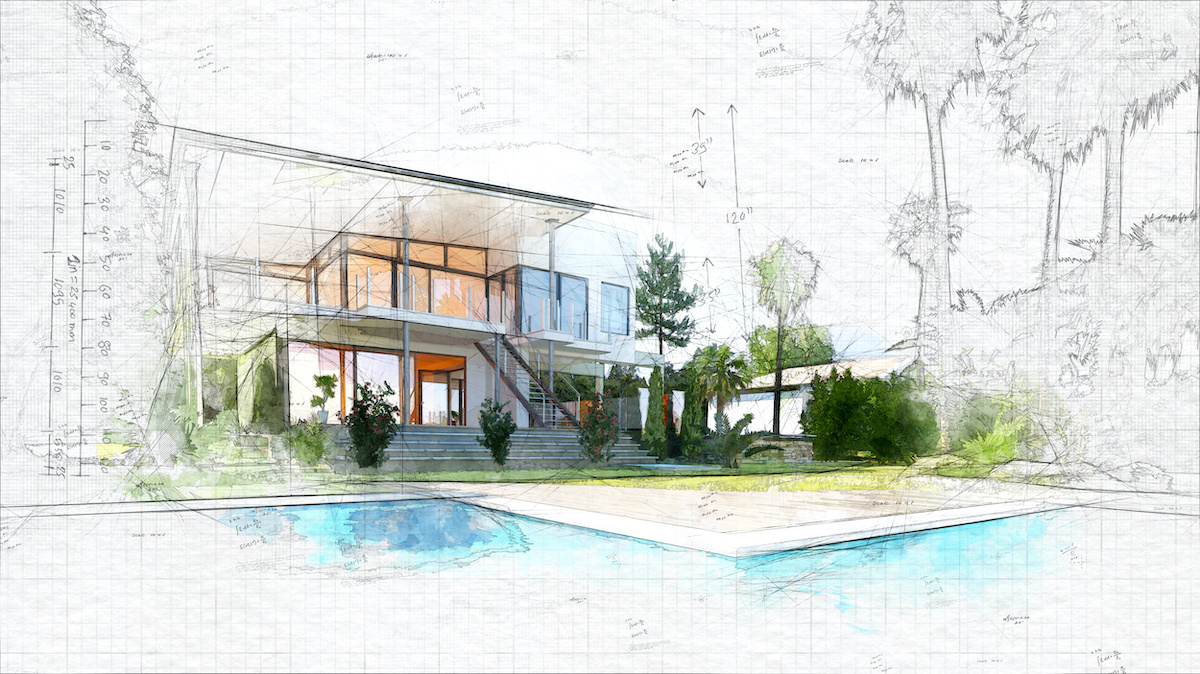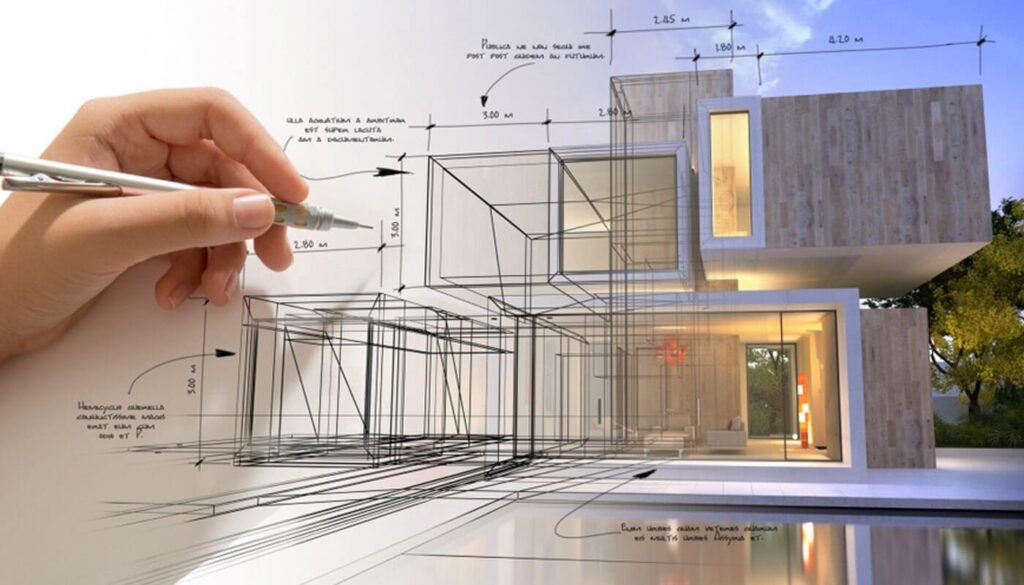How CDA Architects Incorporate Eco-Friendly Practices in Architectural Projects
How CDA Architects Incorporate Eco-Friendly Practices in Architectural Projects
Blog Article
Comprehending the Collaborative Refine Between Engineers and Engineers in Modern Building Projects
The joint process between engineers and designers is vital in modern-day construction jobs, as it balances design intent with design usefulness. This partnership not only influences the visual and useful aspects of a project however additionally plays an essential duty in addressing sustainability difficulties. By utilizing reliable interaction strategies and leveraging advanced innovations, such as Building Info Modeling (BIM), groups can function extra cohesively. However, the complexities of this cooperation often present distinct difficulties that can impede development. Discovering these characteristics discloses understandings that can dramatically influence task end results and general market requirements. cda architects.
The Significance of Collaboration
The joint synergy between engineers and designers is important for the successful understanding of any type of construction task. This partnership unites distinctive experience and point of views, allowing the integration of cutting-edge design with sensible engineering solutions. By functioning together, engineers and engineers can make certain that a project not only fulfills aesthetic and useful demands yet likewise complies with security, sustainability, and financial restrictions.
Cooperation promotes a common vision, facilitating the alignment of goals and assumptions from the outset. This placement is essential in resolving potential difficulties and mitigating threats that could emerge during the job lifecycle. Moreover, a collective strategy enables the effective allocation of resources, enhancing both time and price.
The importance of partnership includes the iterative process of style and building, where responses from designers can inform architectural decisions, causing even more feasible and sustainable designs. On the other hand, designers can influence designers to assume artistically about how to achieve structural stability without endangering imaginative intent. Inevitably, the collaborative relationship between architects and designers is not just advantageous; it is essential to the development of top notch, practical, and cutting-edge constructed settings that fulfill the demands of culture.
Interaction Methods and Tools
Effective communication techniques and devices are essential for cultivating collaboration between engineers and designers throughout the task lifecycle. Establishing clear channels of communication is necessary to ensure that all team participants are straightened with job objectives, timelines, and responsibilities. Regular conferences, both in-person and digital, supply chances for stakeholders to talk about progress, address problems, and make notified decisions.

In addition, embracing joint communication tools, such as Slack or Microsoft Teams, enables instant messaging, documents sharing, and continuous discussions, advertising an extra nimble action to arising issues. Paper monitoring systems also play an essential function in arranging task documentation, guaranteeing that all employee have accessibility to the latest information.
Shared Goals and Job Vision
A linked project vision serves as the foundation for effective cooperation in between architects and designers (cda architects). This common vision not just straightens the efforts of both parties however likewise develops an usual structure for decision-making throughout the task's lifecycle. By articulating clear goals, stakeholders can efficiently browse the intricacies of modern-day building and discover this construction tasks, ensuring that both aesthetic and functional requirements are met
Establishing shared goals involves open dialogue and an extensive understanding of each self-control's payments. Designers normally focus on style intent, spatial connections, and individual experience, while engineers emphasize structural integrity, systems functionality, and conformity with laws. When these viewpoints are straightened, the outcome is a cohesive project that follows both innovative goals and technical feasibility.
In addition, a distinct job vision promotes accountability amongst group members, encouraging each individual to take possession of their function in attaining the preferred outcome. Normal check-ins and joint workshops can additionally reinforce this dedication, permitting for modifications to be made as the project advances. Eventually, a shared vision not just improves teamwork but additionally raises the quality of the last deliverable, resulting in successful job completion.
The Duty of Innovation
Leveraging technology has come to be important in improving cooperation in between architects and engineers. Structure Details Modeling (BIM) stands out as a pivotal technology, enabling both designers and designers to develop detailed 3D designs that encapsulate style intent and architectural honesty.
Moreover, cloud-based platforms make it possible for smooth cooperation, enabling job stakeholders to gain access to and update project data from anywhere. This fosters a society of openness and responsibility, as modifications can be tracked and evaluated in real-time. Additionally, mobile applications further boost interaction, supplying on-site teams with immediate accessibility to job specs and updates.
Emerging technologies such as fabricated knowledge and maker knowing are also starting to contribute in predictive analysis, aiding teams determine prospective concerns prior to they develop. Eventually, the duty of modern technology in architecture-engineering partnership not just enhances workflow performances however additionally improves advancement, bring about even more effective project results. By embracing these technical innovations, designers and designers can make certain an extra natural and productive joint process throughout the building and construction lifecycle.
Study in Effective Partnerships
Numerous case research studies show the extensive effect of efficient partnerships between engineers and engineers on job outcomes. One remarkable example is the collaboration on the High Line in New York City, where landscape designers, designers, and urban coordinators functioned together to transform a deserted railway into a lively public park. This multidisciplinary approach not only improved the visual quality however additionally ensured structural safety and security and ecological sustainability.

The Burj Khalifa in Dubai better shows the value of joint initiatives - cda architects. The combination of design and engineering competence allowed the project team to attain extraordinary heights while adhering to safety laws and visual vision
These examples underscore the relevance of interaction, depend on, and shared goals. In today's complex building and construction atmosphere, such partnerships are important to browsing obstacles and providing projects that fulfill both practical and visionary goals.
Verdict
In final thought, the collaboration in between designers and engineers is important for the success of contemporary building tasks. Reliable communication strategies, a common project vision, and the combination of advanced modern technologies are vital components that promote this collaboration. By promoting a society of accountability and leveraging devices such as Building Details Modeling (BIM), teams can browse project intricacies, ensuring that visual, functional, and sustainability goals are achieved. Eventually, this harmony results in cutting-edge and successful task outcomes.
Report this page